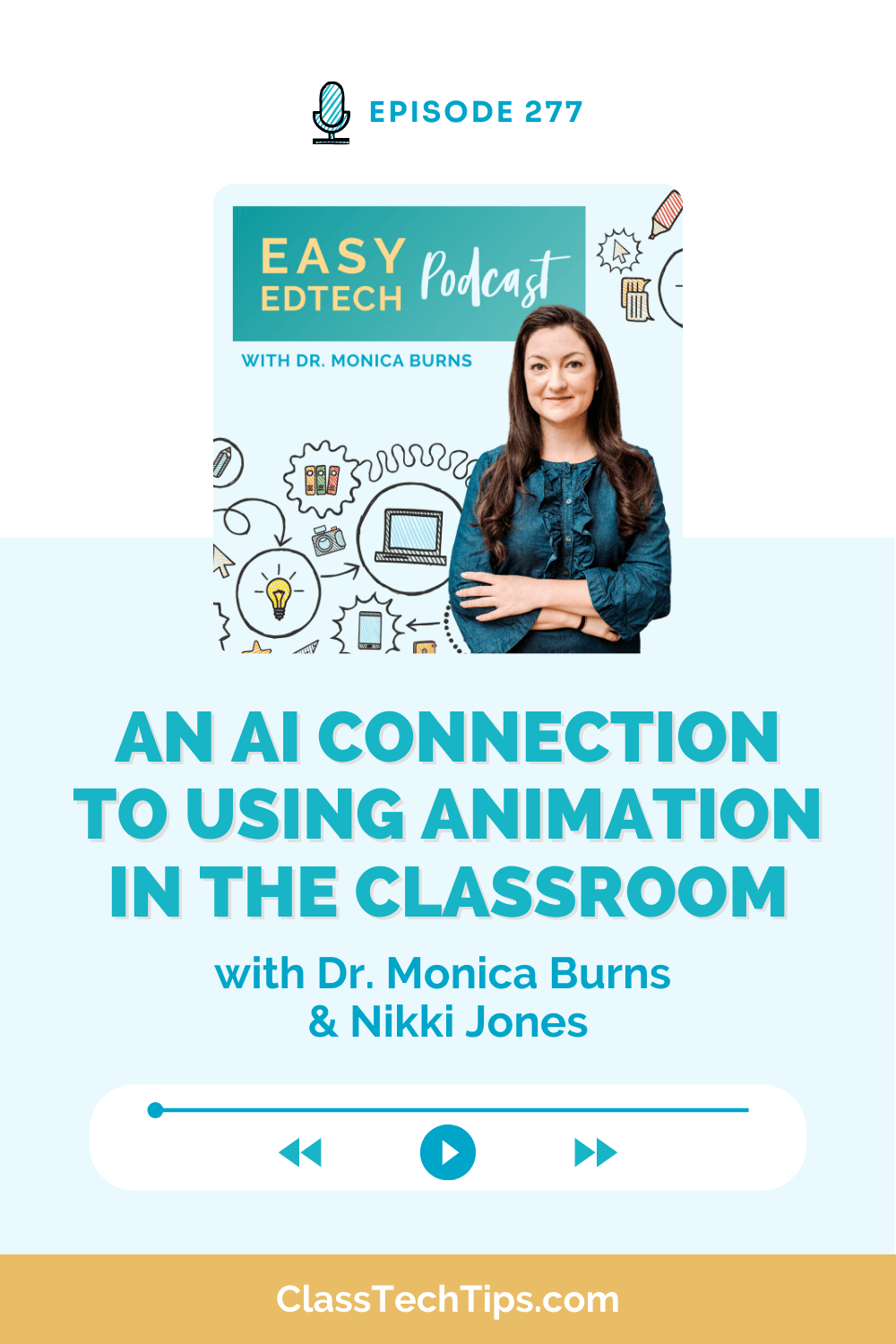It’s the second day of the ISTE Conference and this week I’ve partnered with Soundtrap for a special blog series! On Monday, Tuesday, and Wednesday this week, Soundtrap is sharing the very best from the ISTE Conference. Here’s the announcement in case you missed it!
It’s been a great first few days of the ISTE conference where I’ve connected with so many educators! Sharing and learning is taking place everywhere — from traditional presentations, panel sessions, and meet and greets on the Expo Hall floor.
ISTE Podcast
Today is Day 2 of ISTE and yesterday Soundtrap pulled together an episode sharing big ideas from the event. You can head over to their special dedicated ISTE page to learn about yesterday’s episode. It featured education podcasters Mike Washburn, Glen Irvin and Michael Hernandez. You might have see this spring blog post featuring Michael’s podcast Change the Narrative.
The Day 2 episode of this special ISTE podcast features Jennifer Williams, author of the soon-to-be-released Teach Boldy and an appearance by yours truly. I can’t wait for you to listen up!
Click here to find information on Soundtrap at ISTE.

Soundtrap at ISTE
If you haven’t heard of Sound trap before here is the official description: Soundtrap is the first cloud-based audio recording platform to work across all operating systems, enabling users to co-create music and podcasts anywhere in the world. There are three Soundtrap products; Soundtrap for Storytellers, a podcasting solution, Soundtrap for Music Maker, a podcast and music creation tool and Soundtrap for Education used by the K-12 through higher-education markets. Soundtrap provides an easy-to-use, powerful and collaborative music and audio creation platform for all levels of musical interest and abilities. Headquartered in Stockholm, Sweden, Soundtrap was acquired by Spotify in December 2017. For more information, visit https://www.soundtrap.com/.
Soundtrap will release a new podcast episode each day of the ISTE Conference. Check back tomorrow for more updates from ISTE and the final episode of the series.
Podcasts in Your Classroom
Soundtrap loves making podcasts—and helping teachers make podcasts that give a voice to everyone in the classrooms. But technology can be intimidating for some teachers.
And Soundtrap gets that. Creating an ace podcast is easier than you’d think, says podcasting expert Meredith Allen, a technology consultant and international presenter for Soundtrap. Before you jump in, though, Allen points out that quality recordings take forethought, planning and proper execution. Remember, too, that building an audience takes time. She offers these few simple guidelines for creating mind-blowing audio projects that excite your students and captivate your audience:
Pre-Podcast: Do Your Homework
Decide on format. Decide how you will deliver your podcast. Will you produce it in narrative? Talk-show format? Whatever format you choose, be consistent. And you may want to consider having more than one host. Discussions are generally more interesting with differing opinions and back-and-forth conversation.
Choose your content. Pick a topic that that sparks passion in your kids—the “thing” they can talk about endlessly with just about anyone. That way, you’re on track to interest the community you want to reach. Keep a running list of topics.
Brand your podcast. Choose a name that addresses the topic and is also compelling to your audience.
Select a length. Will you regularly have enough quality content for 15 minutes? 30 minutes? An hour? Be consistent here if you intend to create a series of podcasts. People will come to expect podcasts of equal length every time they listen in.
Invest in quality equipment. Clear audio is critical to creating a podcast that is professional and free of static and outside interference.
Decide on a broadcast schedule. If you’re truly serious about developing a podcast series to attract a regular following, stick to a predictable routine. Your audience will grow to expect your podcast on the promised date, and it’s important to provide it when you say you will.
Create, Edit, Refine
Once you’ve mapped out your planning process, it’s on to production:
- Spend some time listening to high-quality podcasts to get a sense of what works and what doesn’t.
- In pre-production, determine who will be heard in the recording, and if you will bring in guests for interviews.
- Record short portions of audio at a time, making sure to save often. It sounds backwards, but Allen recommends recording the introduction last. That way, podcasters have a better understanding of the entire podcast and can more easily sum up its theme.
- Take the time in post-production to edit and refine the audio. Add music, ambience, and sound effects, making sure to properly credit the artists that are featured in your podcast. You’ll find that these nuances really enhance your production.
- Publish. Link your audio file to Twitter, Facebook, your website and blogs, and other online platforms. Share and promote the podcast to the appropriate audiences. Give your listeners the space to engage with each other and with you—through voicemails, emails, tweets and Facebook messaging.
These tips will help your students connect—really connect—with your listeners and deliver content that matters and impact your students’ lives in a positive way.
Today, stop by Soundtrap’s booth—2153—to chat with their fun-loving team and see how a podcast is made—and maybe create one yourself. Also, from 10:30 am–12:00, join educator extraordinaire Taylor Haun for his presentation, “There’s Magic in That Sound! Music and Podcasts in Any Class!”







